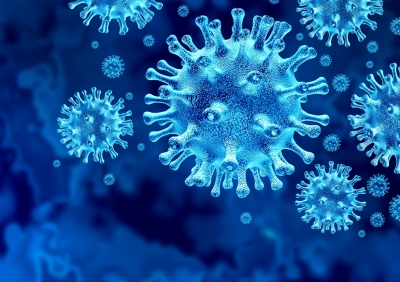3/9/20 news article
COVID-19 information hub

In December 2019, a new form of the coronavirus was documented in the Wuhan province of China. It is a different version from the coronavirus that we typically see and test for in our emergency department (which is similar to the common cold). Dayton Children’s enacted screening and safety protocols in February. With cases growing in the U.S., we are developing staffing and triage plans in preparation for the virus reaching Ohio.
what is this virus?
At the end of 2019, a new type of coronavirus, called Covid-19, began making people sick in China. The virus came from animals and moved to people, probably at a market selling live seafood and animals.
Most of the time, coronaviruses don't spread from animals to people. When they do, it can take health experts a while to learn the details of the virus and how it spreads.
Coronavirus has several strains, just like the flu. Most only cause mild to moderate illness, similar to a cold. If your child is diagnosed with coronavirus, it does not mean it is Covid-19. It may be an older, more common version – ask your doctor to be sure.
what are the symptoms?
Covid-19 causes a fever, cough and trouble breathing, which may appear 2-14 days after exposure. Symptoms are a bit like those caused by a cold or the flu. The virus can be more serious in some people, especially if they were already sick or weak. So far, children have been less impacted than older people.
what should I do if I have these symptoms?
- DO NOT go anywhere without calling your doctor first. By calling first, you can be directed to the right place for you and avoid exposing more people than necessary to illness.
CALL YOUR DOCTOR IF YOU:
- Develop symptoms, and have been in close contact with a person known to have COVID-19, or
- Have recently traveled from an area with widespread or ongoing community spread of COVID-19.
how can I prevent COVID-19?
There is currently no vaccine to prevent coronavirus disease 2019. The best way to prevent illness is to avoid being exposed to this virus. However, as a reminder, CDC always recommends everyday preventive actions to help prevent the spread of respiratory diseases, including:
- Wash your hands with soap and water for at least 20 seconds. (can also use hand sanitizer with 60% alcohol when hands are not visibly dirty.
- Avoid touching your eyes, nose and mouth.
- Stay home when you are sick.
- Avoid close contact with people who are sick.
- Cover your cough or sneeze with a tissue, then throw the tissue in the trash.
- Clean and disinfect frequently touched objects and surfaces using a regular household cleaning spray or wipe.
do I need a face mask?
- CDC does not recommend that people who are well wear a face mask to protect themselves from respiratory diseases, including COVID-19.
- Face masks should be used by people who show symptoms of COVID-19 to help prevent the spread of the disease to others.
- The use of face masks is also crucial for health workers and people who are taking care of someone in close settings (at home or in a health care facility).
For information about handwashing, see CDC’s Handwashing website
For information specific to health care, see CDC’s Hand Hygiene in Health care Settings
where can I get updates?
For the latest information on Ohio’s response to COVID-19, click here.
resources

